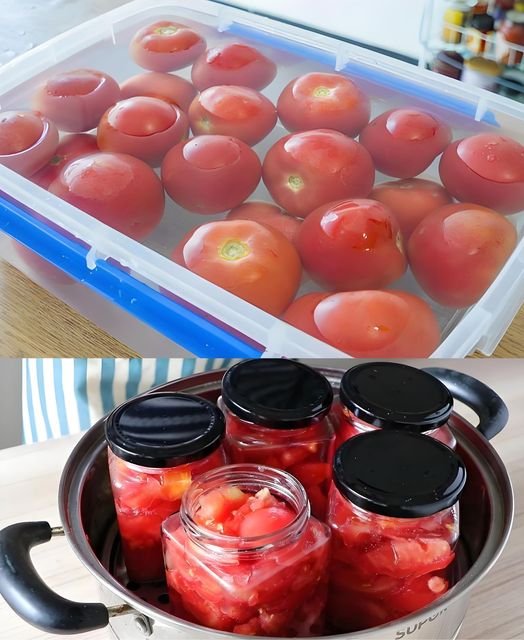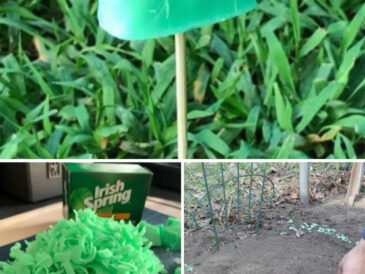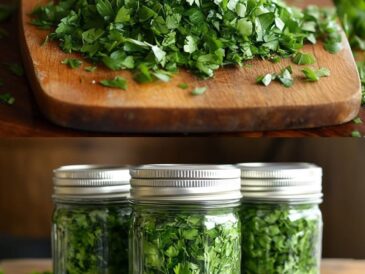Have you ever come across an internet claim that promises fresh tomatoes lasting a staggering two years without vinegar? While the concept is certainly appealing, it’s important to understand the science behind food preservation. Unfortunately, there’s no single infallible method to keep fresh tomatoes perfectly edible for such an extended period.
The Science of Spoilage:
Tomatoes, like most fruits and vegetables, are living organisms. They continue to ripen and eventually succumb to spoilage through natural processes. Microorganisms like bacteria and mold break down the tomatoes’ cell walls, leading to softening, discoloration, and ultimately, inedibility.
Preservation Methods and Their Limitations:
Several techniques can extend the shelf life of tomatoes, but none can guarantee a two-year lifespan:
- Refrigeration: This is the most common method, slowing down the ripening process and delaying spoilage. However, tomatoes stored in the refrigerator can lose some flavor and texture. They typically last 1-2 weeks.
- Freezing: Freezing preserves tomatoes well, but they’ll be best suited for cooked dishes as their texture softens significantly. Blanching tomatoes before freezing helps retain some firmness.
- Drying: Drying tomatoes concentrates their flavor and extends their shelf life considerably. Sun drying or dehydrating are effective methods, but the tomatoes lose their fresh texture and become more suitable for sauces or soups.
- Canning: This is a safe and reliable method for long-term storage, but it requires specific equipment and careful technique to prevent foodborne illness. Canned tomatoes are shelf-stable for a year or more, but they won’t be “fresh” in the traditional sense.
More on page 2




